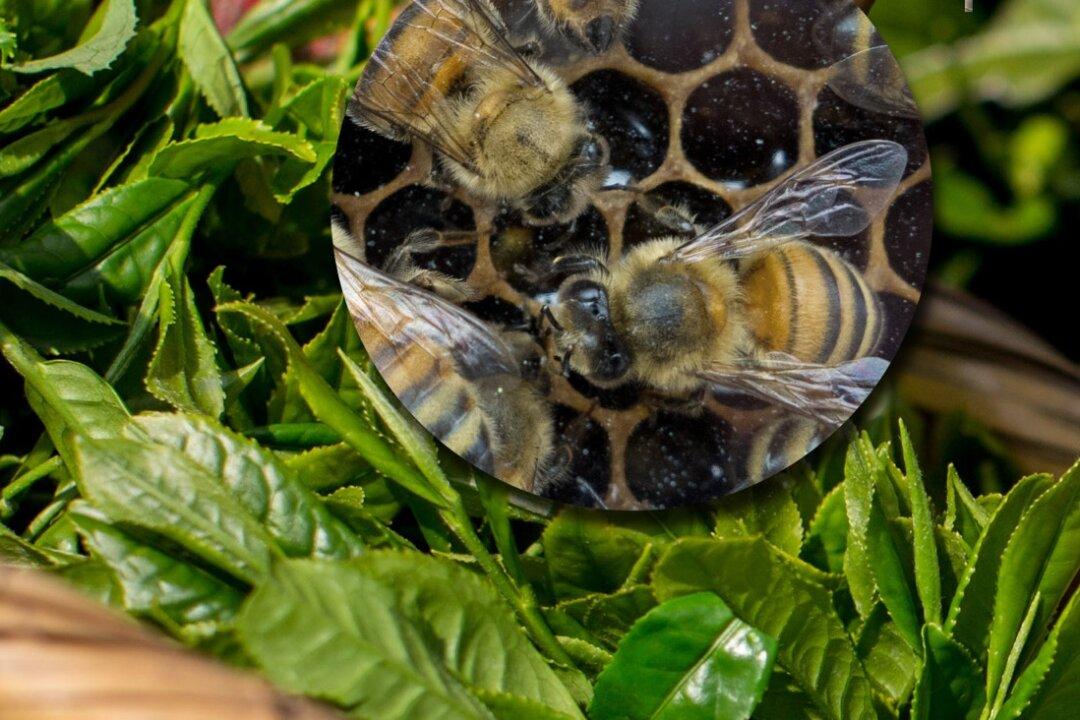New South Wales (NSW) authorities have told a Senate inquiry into Australia’s biosecurity preparedness they remain confident they have contained the varroa mite.
It comes after earlier evidence from the head of NSW beekeepers, who are worried the deadly parasite can’t be eradicated.





